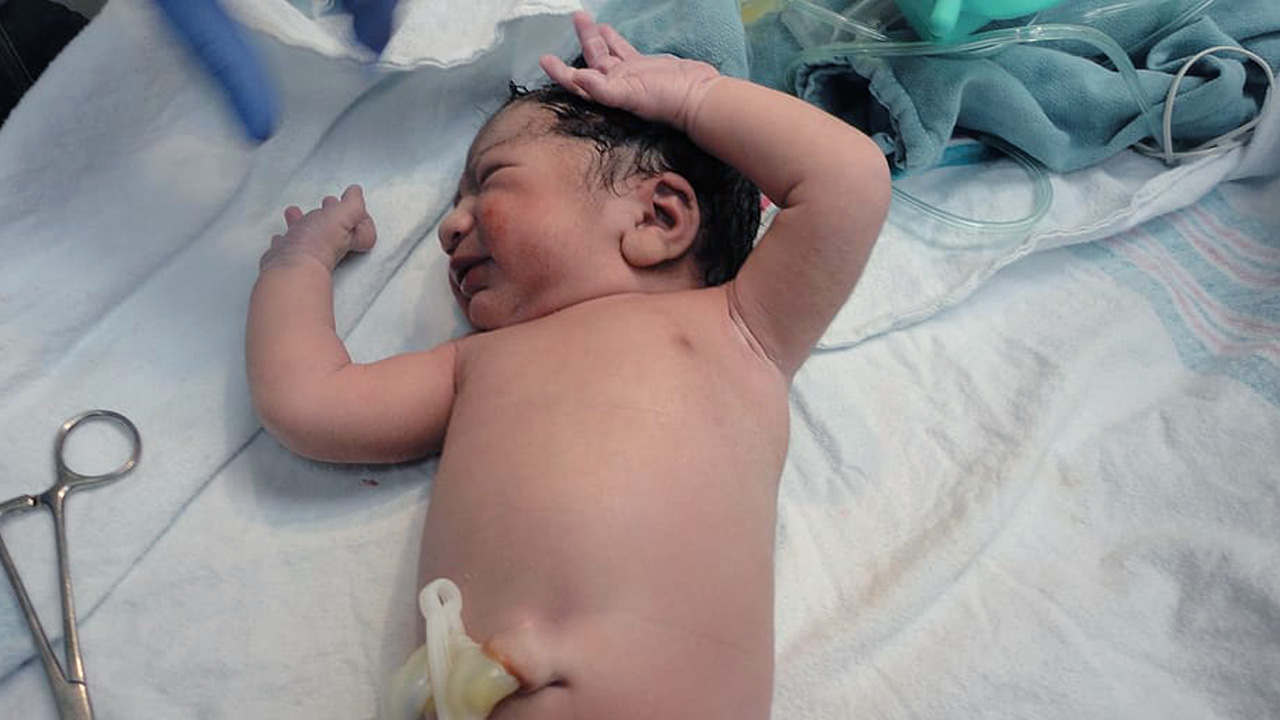The moment of birth is an incredible experience, filled with anticipation, joy, and wonder. Among the many rituals and procedures that take place during this miraculous event, one important step is the cutting of the umbilical cord. This act symbolizes the physical separation between mother and child and marks the beginning of an independent life outside the womb.
In this comprehensive guide, we will explore the process of how the umbilical cord is cut at birth. Its significance, and the various techniques employed by healthcare professionals.

Also Read: 101 Aesthetic Names For Girls That Will Take Your Breath Away!
The Importance of Cutting the Umbilical Cord
The umbilical cord is a vital lifeline between the fetus and the mother during pregnancy. It supplies the baby with oxygen and essential nutrients while removing waste products. However, once the baby is born and takes its first breath, the function of the umbilical cord becomes obsolete. Cutting the cord is necessary to enable the newborn to breathe and begin the transition to independent respiration. Moreover, the act of severing the cord signifies the baby’s newfound autonomy, separate from the mother’s body.
Timing of Cord Clamping and Cutting
The timing of cord clamping and cutting has been a subject of much debate and research in recent years. Traditionally, immediate cord clamping was the norm, done within seconds of birth. However, emerging evidence suggests that delayed cord clamping may have several benefits. Delayed clamping, typically for 30-60 seconds or until the cord stops pulsating, allows for additional blood transfer from the placenta to the baby. This extra blood contains vital nutrients and stem cells that can benefit the newborn’s immune system, iron levels, and overall health.
Also Read: The 10 Best Gift Ideas For Newborns
The Procedure: How the Cord is Cut
Once the decision is made to cut the umbilical cord. Healthcare professionals follow a standard procedure to ensure a safe and sterile process. The first step involves clamping the cord in two places, usually with plastic clamps or umbilical cord clamps. The clamps are positioned a few centimeters apart, closer to the baby’s abdomen and away from the placenta. This creates two separate sections of the cord.
Next, a pair of sterilized scissors or a surgical instrument called a cord clamp cutter is used to cut between the two clamps. The incision is made close to the clamp that is attached to the baby’s side to leave a short stump of cord attached to the baby’s abdomen. The remaining section of the cord attached to the placenta is left to naturally detach over time.
Alternative Cord Cutting Techniques
While the standard procedure involves clamping and cutting the umbilical cord, there are alternative techniques that some parents opt for. One such method is lotus birth, where the cord is left intact and not cut at all. The placenta and umbilical cord are kept attached to the baby until the cord naturally dries up and detaches from the baby’s belly.
Another technique gaining popularity is gentle cord traction, also known as “wait for white.” This approach involves delaying cord clamping until the cord turns white or stops pulsating. It allows for a more gradual transfer of blood from the placenta to the baby.
Aftercare and Umbilical Cord Stump Care
After the cord is cut, proper care of the umbilical cord stump is essential to prevent infection. Healthcare providers baby often advise keeping the stump clean and dry, gently cleaning it with warm water and mild soap if necessary. It’s important to avoid covering the stump with tight clothing or diapers to allow air circulation and promote drying.
Requirement: How To Choose The Perfect Name
Conclusion
The act of cutting the umbilical cord is a significant moment in the journey of childbirth. It symbolizes the beginning of a new chapter for the baby, an independent life separate from the mother. Understanding the importance of this procedure, as well as the various techniques and timing options available, empowers parents to make informed decisions regarding their newborn’s care. Whether following the standard practice, opting for delayed clamping, or exploring alternative methods, the ultimate goal remains the same—to ensure the health and well-being of both mother and child.

